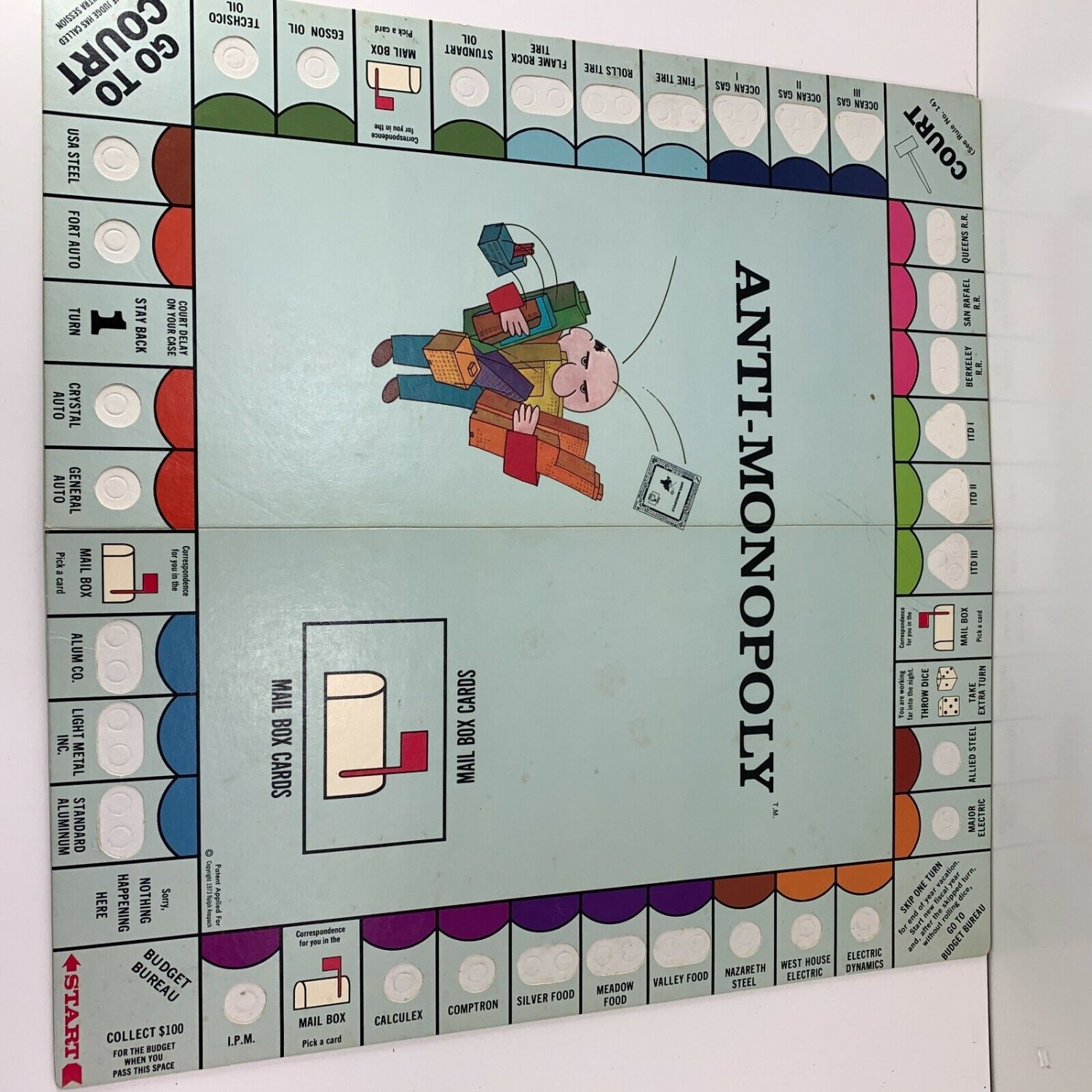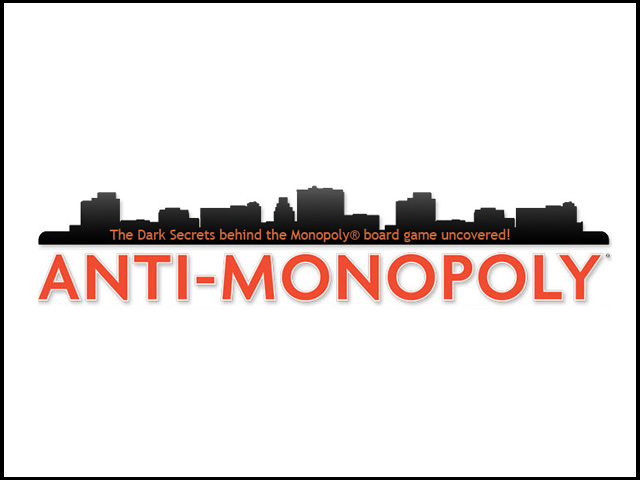

"The global economy is dominated by a handful of powerful transnational corporations (TNCs). Ĭompetition law has failed to prevent monopolization of economic activity. The Agreement Establishing the WTO included a range of limited provisions on various cross-border competition issues on a sector specific basis. These obligations were not included in GATT, but in 1994, with the conclusion of the Uruguay Round of GATT multilateral negotiations, the World Trade Organization (WTO) was created. In 1945, during the negotiations preceding the adoption of the General Agreement on Tariffs and Trade (GATT) in 1947, limited international competition obligations were proposed within the Charter for an International Trade Organisation. The protection of international competition is governed by international competition agreements.

Countries may allow for extraterritorial jurisdiction in competition cases based on so-called "effects doctrine". National competition law usually does not cover activity beyond territorial borders unless it has significant effects at nation-state level. Modern competition law has historically evolved on a national level to promote and maintain fair competition in markets principally within the territorial boundaries of nation-states. National and regional competition authorities across the world have formed international support and enforcement networks. The two largest and most influential systems of competition regulation are United States antitrust law and European Union competition law. Since the 20th century, competition law has become global. The business practices of market traders, guilds and governments have always been subject to scrutiny, and sometimes severe sanctions. The history of competition law reaches back to the Roman Empire. It is also known as antitrust law (or just antitrust ), anti-monopoly law, and trade practices law the act of pushing for antitrust measures or attacking monopolistic companies (known as trusts) is commonly known as trust busting. Competition law is implemented through public and private enforcement.

The game produced as Anti-Monopoly after 1987 is a different game, with the same name.Competition law is the field of law that promotes or seeks to maintain market competition by regulating anti-competitive conduct by companies. The game described here was produced as Anti-Monopoly before 1976 and from 1984 thru 1987. In 1987, Anti-Monopoly was withdrawn and Anti-Monopoly II was renamed "Anti-Monopoly". In 1984 after prevailing in court the company used the names "Anti-Monopoly" and "Anti-Monopoly II" for its two games. Variant rules are supplied for a Low-Budget Game and a Trading Game.Īnspach fought -and won- a vicious court battle against Hasbro (and others) over this game.Īnti-Monopoly was briefly (1976-1982) published as "Anti" and "Anti-Monopoly II" was published as "Choice" whilst the company was forbidden to use the word "Monopoly".

An accusation chip can be bought from the "Budget-Commissioner" when lending money, he provides a Social-Credit card as an IOU. When all accusation circles of a combination are covered, the monopolistic practices of that combination have been ended. "Accusing" is done by placing a small, round chip of the same color as your token on such a circle. There are 3 kinds of company combinations on the board: Oligopolies, Trusts and Monopolies, marked by one, two and three "accusation circles" respectively. The winning trust buster is the one who ends with the largest number of social-credit points when one of the players runs out of money. The players are Trust-Busting lawyers going about the board slapping lawsuits on the monopolies. The basic idea of the game is to end the monopolistic practices of the 3-company-combinations of the game board. As for the reasons why this is so, please see the clarifications at the end of this article and the article of Anti-Monopoly II.) Please be careful when submitting new versions of this game basically, anything published after 1987 will almost certainly be Anti-Monopoly II and belong to that game, even if it's called "Anti-Monopoly". ( Note: Not to be confused with Anti-Monopoly II.


 0 kommentar(er)
0 kommentar(er)
